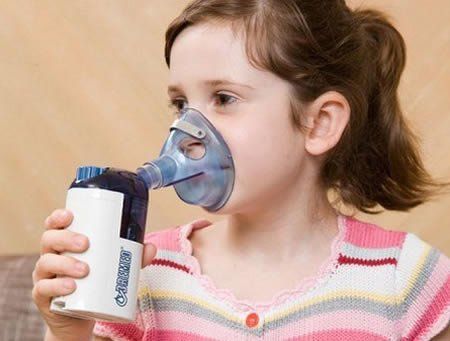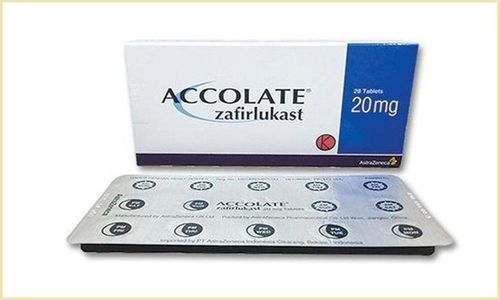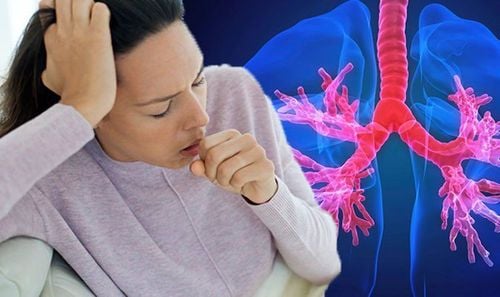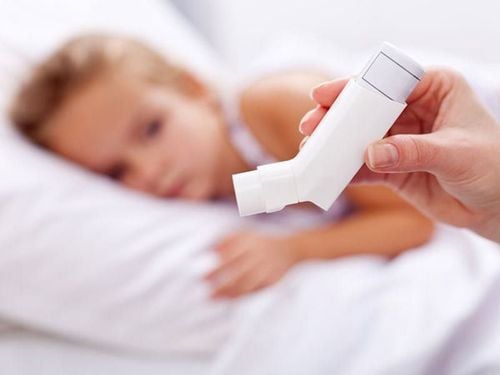This is an automatically translated article.
Malignant asthma includes severe and critical asthma that is unlikely to respond to aggressive bronchodilators. Asthma is a completely controllable disease and patients will have a normal life if it is well managed, treated and prevented.
1. Overview of Malignant Asthma
Malignant Asthma (Status Asthmaticus) is a condition in which asthma does not respond to initial aggressive treatments and the patient presents with worsening dyspnea. Malignant asthma symptoms usually occur within a few days of viral infection, exposure to irritants, and strenuous exercise in cold environments.
Malignant asthma mostly occurs in patients who use inadequate drugs, especially anti-inflammatory drugs or abuse relievers.
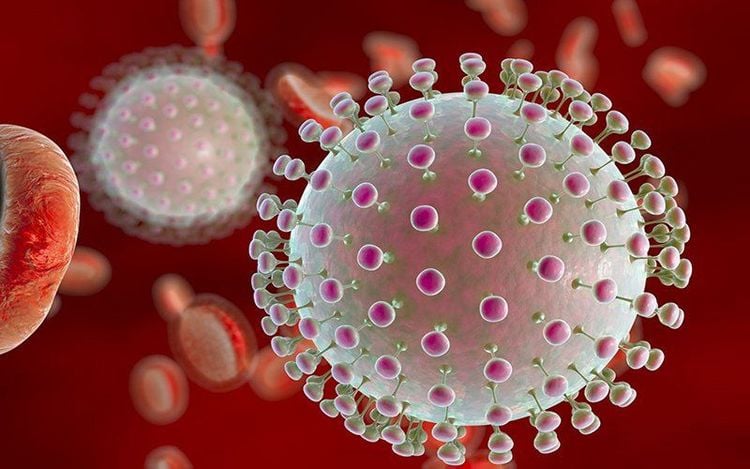
Nhiễm virus làm trầm trọng tình trạng hen ác tính
2. Diagnosis and recognition of malignant asthma attacks
Malignant asthma is a severe (very severe) asthma attack that is unlikely to respond to aggressive bronchodilator therapy. There are 2 types of attack:
Delayed onset is 90% and tends to get worse after 6 hours. Sudden progression is rarer, accounting for only about 10%.
2.1 Severe asthma
Severe asthma attacks are shown in the following signs:
Severe shortness of breath for many hours; Tendency to lean forward; The patient is uncomfortable, struggling, pale; Speaks only word by word; Loud wheezing sounds; Normal respiratory rate > 30 breaths/min, Cardiovascular rate: > 120/min, blood pressure increased; Contraction of the accessory respiratory muscles and the suprasternal cavity is extensive; Paradoxical pulse (usually present): >25mmHg; Peak expiratory flow (PEF) after the first bronchodilator is in the range: 60-80% Arterial blood gases : PaO2 > 60 mmHg, PaCO2 >45mmHg (respiratory failure); SaO2 or SpO2 : <90% The patient is assessed to have severe asthma when:
There are 4 or more severe signs; Poor response to bronchodilator therapy; There is a history of intubation or mechanical ventilation; emergency admission many times; used systemic corticosteroids (adrenal stimulants).

Khi bị hen phế quản nặng người bệnh sẽ khó thở trong nhiều giờ
2.2. Critical Asthma
Critical bronchial asthma is shown in the following signs:
Shortness of breath, yawning; The patient is in a state of lethargy, confusion; Can not talk; Slow breathing rate; Slow pulse rate; No wheezing; Alternating chest-abdominal breathing; The inverse circuit may not be seen; Patients are assessed for severe asthma when one of the following signs appears in a patient with a severe asthma attack:
Consciousness disorder, loss of consciousness. Alveolar murmurs and rales in the lungs are reduced or absent; Paradoxical thoracic-abdominal respiration (sign of respiratory muscle exhaustion); Slow breathing, pauses in breathing; Slow heart rate, low blood pressure.
3. Measures to treat malignant asthma
For the signs of malignant asthma, it is necessary to respond quickly to the first aid, quickly call for support from the upper level and coordinate the transfer of the patient to a medical facility with conditions and the ability to monitor and treat for patients.
3.1. Using a bronchodilator
As the main treatment should be used as soon as possible. Most patients will respond to the drug within the first hour.
How to use :
Inhalation route: 4-8 puffs of the metered dose inhaler every 20 minutes and can be effective for 4 hours. Then use every 1-4 hours as needed. Nebulization: Albuterol nebulization continuously 10 - 15mg/hour or intermittent 2.5 . 5mg/2.5ml Normal saline every 5 - 20 minutes depending on the severity of the asthma attack. Accordingly, attention should be paid to patients with hyperthyroidism, diabetes, and cardiovascular disease. Side effects may include: excitability, arrhythmia and hypokalemia.

Bệnh nhân cường giáp cần chú ý khi sử dụng thuốc giãn phế quản
3.2. Anticholinergic drugs
Effective as adjunct to sympathomimetic drugs should be used early in severe asthma attacks.
How to use:
4 - 8 puffs of Ipratropium from a metered dose inhaler with spacer or 0.5 mg nebulizer every 4 to 6 hours.
3.3. Corticosteroids anti-inflammatory drugs
Corticosteroids are essential drugs in the treatment of severe asthma and should be used as soon as possible. Has the effect of reducing inflammation, increasing the number and sensitivity of beta receptors, inhibiting the migration and function of eosinophils (Eosinophil).
Systemic corticosteroids should be used in all hospitalized asthmatics, especially those who have not responded completely to initial beta 2 therapy. Corticosteroid use has been shown to reduce the need for hospitalization, reduce recurrence, and reduce the risk of death from asthma. To achieve the effect, it takes at least 4-6 hours, 3-7 days of treatment.
How to use :
Orally / intravenously. However, in the management of malignant asthma, it should be administered intravenously to ensure adequate therapeutic doses.
Possible side effects are increased blood sugar, increased blood pressure, and hypokalemia (causing muscle weakness)
Except in the case of patients with heart failure or chronic obstructive pulmonary disease, malignant asthma usually has a prognosis. good quality. Good asthma control is the best way to reduce the rate of asthma malignancy and mortality.

Thuốc kháng viêm Corticoid nên dùng càng sớm càng tốt
3.4. Methylxanthine
Methylxanthine is a long-acting bronchodilator with properties similar to caffeine. Methylxanthine was once used extensively for the treatment of malignant asthma, but because of certain side effects (tachycardia, nausea, convulsions, anxiety) it is less commonly used. Two types of methylxanthines commonly used in the treatment of asthma are: Theophylline and Aminophylline.
3.5. Other methods
In addition to the above treatments, malignant asthma can also be managed with oxygen infusion, rehydration of fluids and electrolytes, use of antibiotics, magnesium sulfate, or as a last resort, mechanical ventilation. It is necessary to consider the asthma status and history of the patient in advance to come up with an appropriate treatment for malignant asthma.
Malignant asthma if not diagnosed and controlled closely will cause many serious consequences that seriously affect health, quality of life, even death. Therefore, when you see symptoms of the disease or have a family history of asthma, you need to consider screening for asthma at an early stage.
Vinmec International General Hospital is a general hospital with the function of examining and treating many respiratory diseases in both children and adults. At Vinmec, we have also performed endoscopic diagnosis and treatment with modern medical methods for respiratory diseases, not only bringing high efficiency but also minimizing complications of recurrent disease. The great success is because Vinmec is always fully equipped with modern facilities, examination and treatment procedures are performed by a team of experienced and qualified doctors.
To register for examination and treatment at Vinmec International General Hospital, you can contact Vinmec Health System nationwide, or register online HERE.





